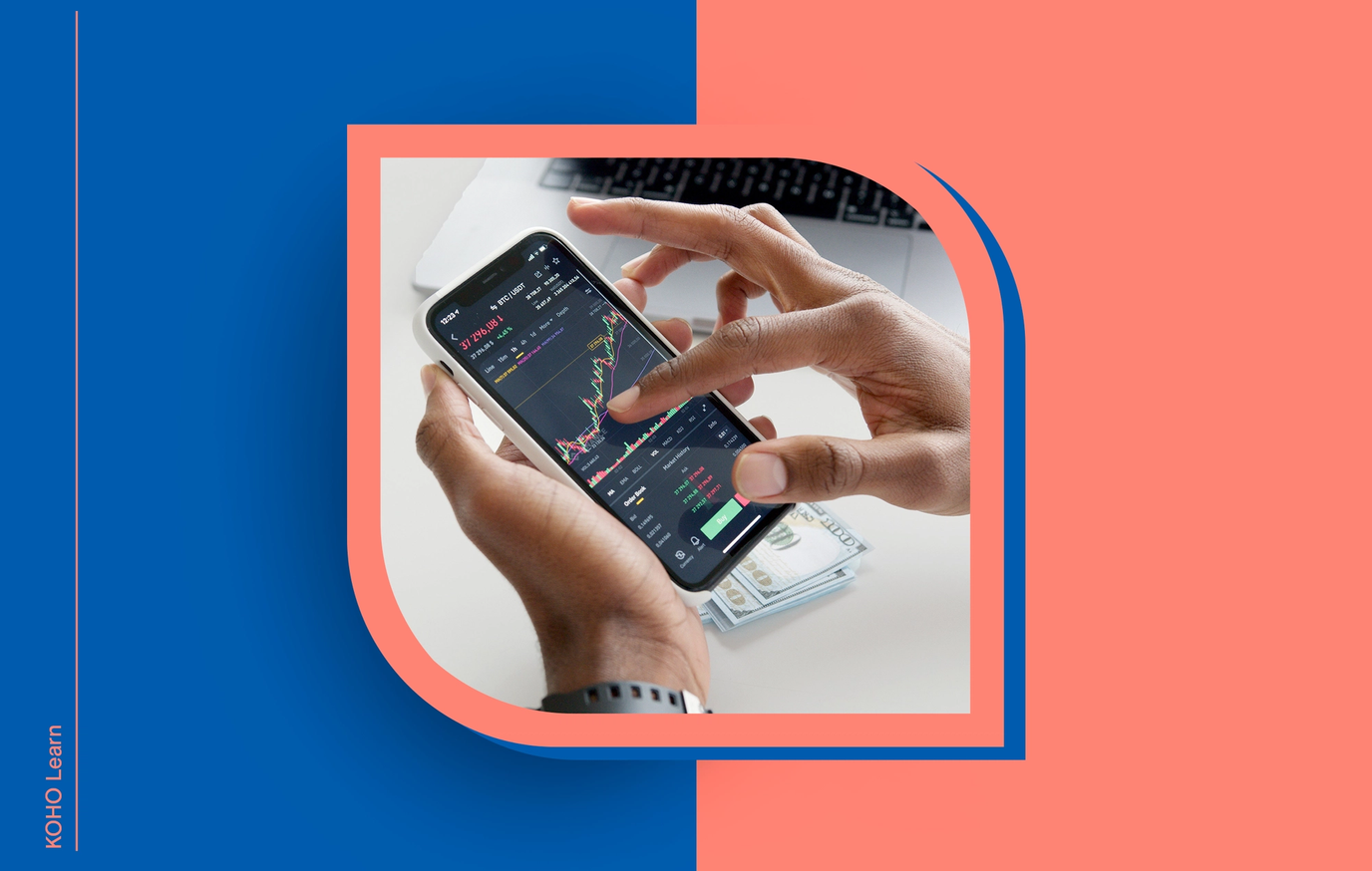Back
What is the rate of inflation in Canada?
5 min read

Written By
Dan Bucherer
Rounding it up
The rate of inflation in Canada was .72% in 2020
The Bank of Canada tries to keep the inflation rate at 2%
Gentle inflation is the sign of a thriving economy with full employment and plentiful spending
Inflation encourages consumers to buy now since the value of the dollar will inevitably decrease
An ice-cold Coca-Cola cost just $.05 in 1921. A century later the same coke costs, on average, about $2.75. Why the increase? Inflation. You likely have noticed over the course of your lifetime that your hard-earned dollar doesn’t go quite as far as it used to. This is a natural part of how modern economies work. While it may seem unfortunate (after all, who doesn’t want a coke for a nickel?), a small bit of inflation means that an economy is humming along at near full capacity. Everyone who wants to work can find a job and businesses are spreading money throughout the economy by buying products and services.
But how does inflation really work? And what even is the rate of inflation in Canada and why does it matter? Let’s take a look and see how inflation can affect you and your financial health.
What exactly is inflation?
In very simple terms, inflation is the measure of the decrease of purchasing power of currency for a given basket of goods over a period of time. It is a fundamental result of supply and demand. It’s the reason that the coke in our example above costs a whole heck of a lot more now than it did a century ago. Inflation is caused by a host of various reasons and it can get complicated. Inflation is generally caused, however, by the increase in the cost of raw materials or production on a large scale.
Let’s say, for example, that the cost of raw timber goes up because there are fewer companies doing the cutting and milling of that timber into usable wood. Wood is used in all sorts of things, such as houses, toys, floors, equipment, and more. Because the supply of wood has dropped, the price per board or piece goes up, causing those buying it to increase their prices as well. Those increases are passed along to consumers. In essence, this is inflation.
Generally, over the course of years, inflation is a good thing. It means that an economy is growing and delivering more goods and services. Sudden inflation, however, called hyperinflation, can be an extremely troubling sign that means the value of the currency is worth less and wages are unable to keep up with the rapid decline.
The most recent example of hyperinflation happened in Venezuela in 2018. The rate of inflation was 65,000%. This means that the price of goods shot up so much, that what once cost $1 suddenly cost $65,000. The money, in essence, wasn’t worth nearly the paper on which it was printed. This happened because the government mandated the price of staples like food and medicine. Unfortunately, the mandated price was too low for domestic companies to stay in business. When they shuttered, the government brought imports of the same products, which increased the price. That, with pent-up demand, meant prices went sky high. Residents began using eggs as currency because they were worth more than the money itself.
SPEND SMARTER. SAVE FASTER
What is the inflation rate in Canada?
To put a simple answer out in front, the rate of inflation in 2020 was, on average, .72%. What this means is that a product that cost $100 in 2019 cost $100.72 in 2020. This is a simplistic example but illustrates the point we outlined above: the purchasing power of the dollar is slightly less.
The Bank of Canada is in charge of monetary policy and helps manage the rate of inflation in the country. The bank is able to manage inflation by using its lending authority. The rate at which the government lends money to private banks, known as the prime interest rate, in turn, dictates the rate at which those banks lend and the interest they pay. This travels downhill as consumers borrow to fund new businesses, make large purchases, and more.
If the bank wants to raise inflation, it can lower its interest rate. This has the effect of putting more money into the economy because banks will borrow more money at the lower rate. If inflation is getting too high, the bank will tighten up its policies and raise the interest rate. At higher interest rates, banks will borrow less, thereby bringing the currency in circulation down. The Bank of Canada will periodically announce its target inflation, which allows banks and businesses to plan ahead.
What does inflation mean to me?
Inflation is a wide-scale phenomenon but it does have a profound impact on your everyday life, whether you know it or not. Most importantly, inflation has the effect of promoting borrowing, lending, and spending. This is because, in a broad sense, we know that the dollar will be worth less next year than it’s worth today. This pushes the consumer to make purchases now, particularly in things that will not lose value.
The housing market is an excellent example of the value of inflation to the average consumer. The average price of a home in Canada in 1980 was $76,000. Just nine years later, that same home would be worth nearly $200,000. That same average home in 2020 would cost you $930,000.
In short, inflation is a bit of a double-edged sword. It makes things more expensive and lowers the value of the dollar in your pocket (or the one in the wallet app on your phone). Not so great. It also, though, increases the value of the things that you own and investments that you already have. We spoke a bit about the housing market above, but the same principles apply to other investments as well. If you make some purchases in the stock market, whether they be via your retirement account or other accounts, and hold onto the investment, you’ll realize gains just from owning them. This is because the interest returned on investments tends to be more than inflation. Investments that have fixed payments like pensions, may not pay out as well because the same dollar won’t buy as much at the time at which it is withdrawn.
In all, inflation highlights the importance of diversifying your portfolio between all sorts of investments.
SPEND SMARTER. SAVE FASTER
Conclusion
Inflation can be a net positive for consumers even though it doesn’t seem so on the surface. The gentle, slow rise in the cost of products and services means that an economy is chugging along at full steam. It also encourages more borrowing and spending, which in turn allows for more employment. Happy, well-paid employees spend money and so on. While inflation is an economy-wide metric, it does have an effect on the everyday lives of Canadians. Creating and sticking to a budget will help you spend, save and invest with confidence while keeping pace with inflation along the way.

About the author
Dan is a runner and writer living in the Washington, D.C. area, where he currently works for a financial services trade association as the Communications Director.
Read more about this author